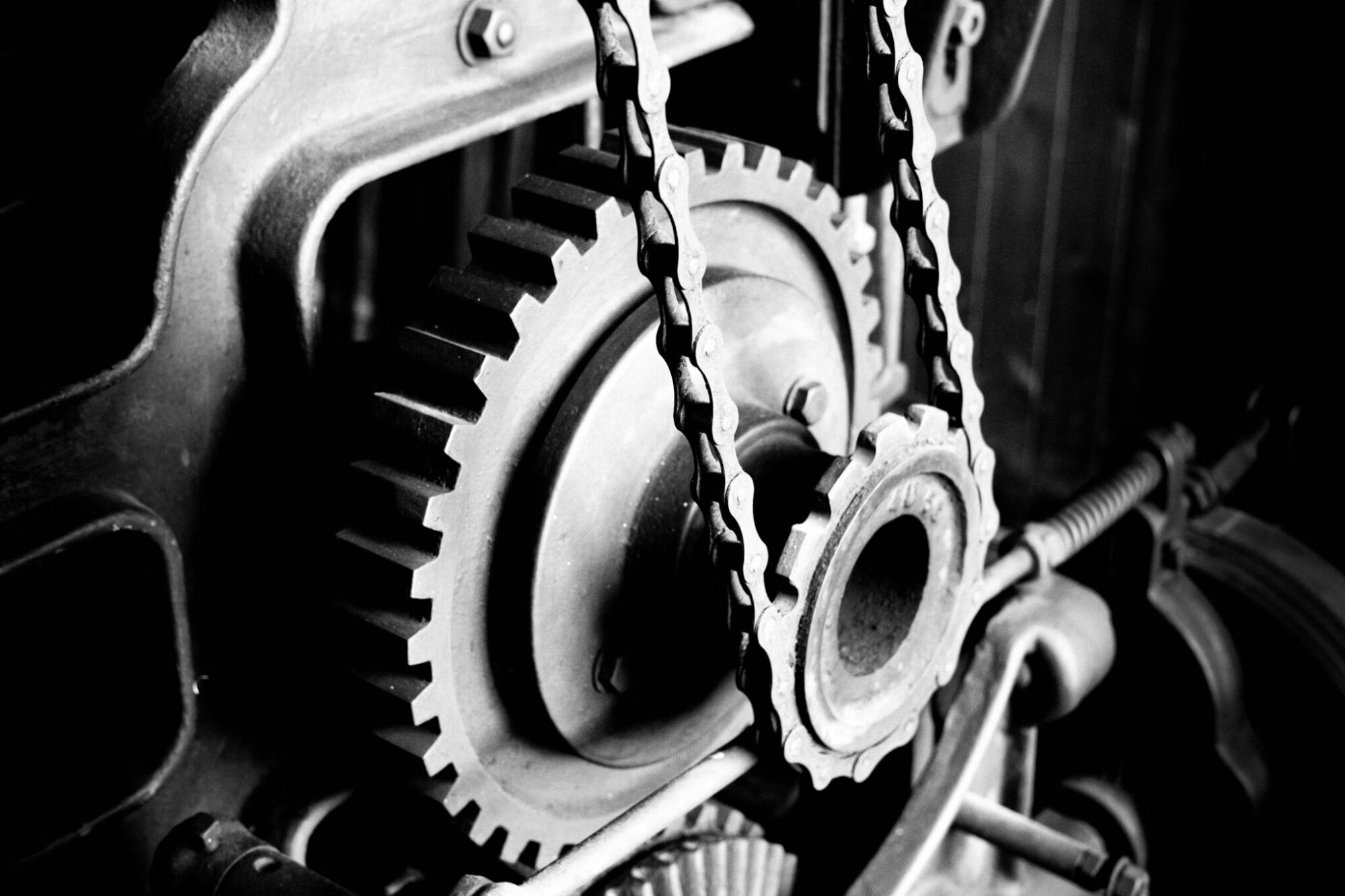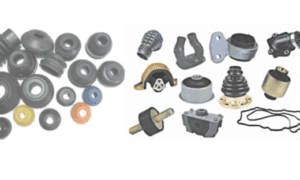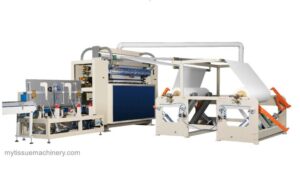Relocating a single 20‑tonne punch press – or an entire production line – looks, at first, like a relatively simple (if resource-intensive) process. But the heaviest lifts typically fail in the planning part, not due to a lack of horsepower.
A written, step‑by‑step process protects people, equipment and schedules long before the first bolt has loosened. Here’s why a rigorous procedure pays dividends every time heavy machinery leaves its plinth.
The load is only half the calculation
A machine’s published weight won’t typically include coolant, tooling, attached guards or the pallets stacked behind it. A detailed move plan forces engineers to strip, weigh and re‑weigh each piece, matching real numbers to crane charts and floor‑loading limits. Skipping that step invites overloads that crack slab joints or tip forklifts.
Route mapping prevents “day‑of” surprises
Factory aisles evolve: new racking, temporary walls, cable trays just low enough to snag a mast. A documented walk‑through – measuring door clearances, slab ratings, ramp angles – turns a theoretical path into a guaranteed one.
When every measurement is written and signed off, the lift crew from AIS Vanguard can avoid costly pauses while someone fetches a saw or calls an electrician to drop a cable tray.
Safety hinges on predictability
Rigging accidents tend to be a lot more common when communication breaks down: a fitter loosens anchors while a rigger begins to jack; a forklift lifts as a gantry lowers.
A procedural timeline helps to lock work into discrete, coordinated stages with pauses built in for inspections. That sequencing cuts the chance of conflicting processes, giving supervisors clear checkpoints to check what’s going on.
LOLER, PUWER, and CDM regulations all need evidence in order to ensure compliance. A well planned process generates lift plans, risk assessments, exclusion‑zone drawings and records that satisfy both inspectors and insurers. If an incident does occur, the same paperwork proves that your duties were met, making sure that the findings of any investigations are favourable in their outlook towards your business.
Downtime costs more than cranes
Most factories measure lost production in the thousands of pounds per hour. A procedural plan bundles mechanical disconnects, civils modifications, transport slots and electrical commissioning into one critical document.
When each dependency is time‑stamped and owned by a specific individual, the team avoids idle hours awaiting a missing part or late haulier, savings that will always absolutely dwarf that initial planning effort.
Every move teaches something: a better sling angle, a quicker way to cap fluid lines, a safer tag‑out order. Documented processes capture those lessons, updating checklists and lift plans for your next project. Without that written feedback loop, improvements vanish when key personnel move on, and you’re doomed to make the same mistakes over and over again.
A heavy‑machine move succeeds long before the rigging tackle arrives. Detail – the exact bolt torque, the millimetre‑checked exit route, the agreed sign‑off points – leverages that raw lifting power into a controlled, efficient operation. Skip that early planning process and you end up gambling with safety, schedule and operational cost; follow it, and the move becomes just another day at the plant, only a lot busier.



































